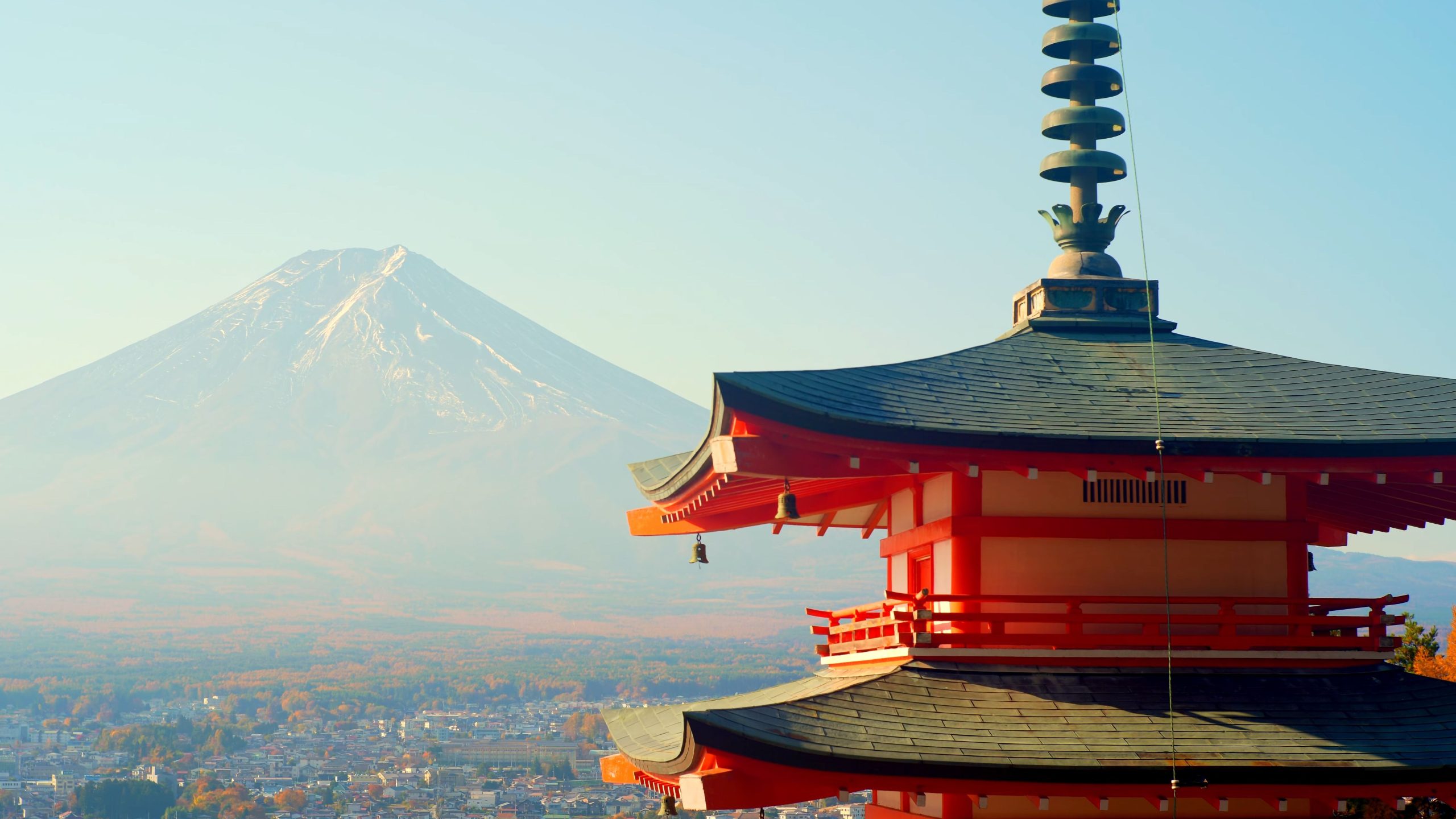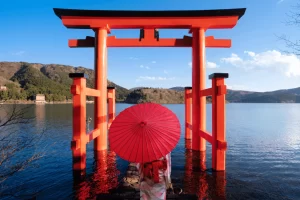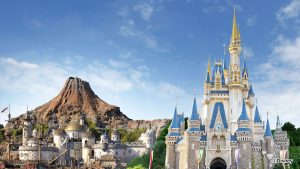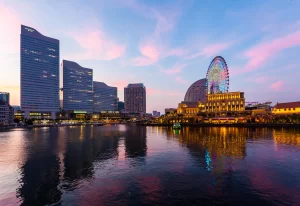How to Get from Tokyo to Mount Fuji?
Are you ready to see one of Japan’s most iconic landmarks? Mount Fuji, with its majestic snow-capped peak and stunning surroundings, is a must-visit destination for any traveler in Japan. But how do you get from Tokyo to Mount Fuji? Is it as daunting as it might seem?
For those staying in Tokyo, the good news is that getting to Mount Fuji is easier than you might think! Whether you’re planning to climb to the 5th station, hike along the scenic trails, or simply admire the majestic mountain from below, there are several convenient and affordable transportation options to make your journey from Tokyo to Mount Fuji smooth and enjoyable.
Mount Fuji is located about 100 kilometers (62 miles) southwest of Tokyo, making it easily accessible by various modes of transportation, including trains, buses, and even private cars. Depending on your preferences, budget, and time, you can choose the method that suits you best.
In this guide, we’ll break down the best ways to get from Tokyo to Mount Fuji, along with practical tips, costs, travel times, and insider advice that will help you make the most of your trip. So, if you’re dreaming of standing before the towering beauty of Mount Fuji, keep reading to find out how to get from Tokyo to Mount Fuji effortlessly!
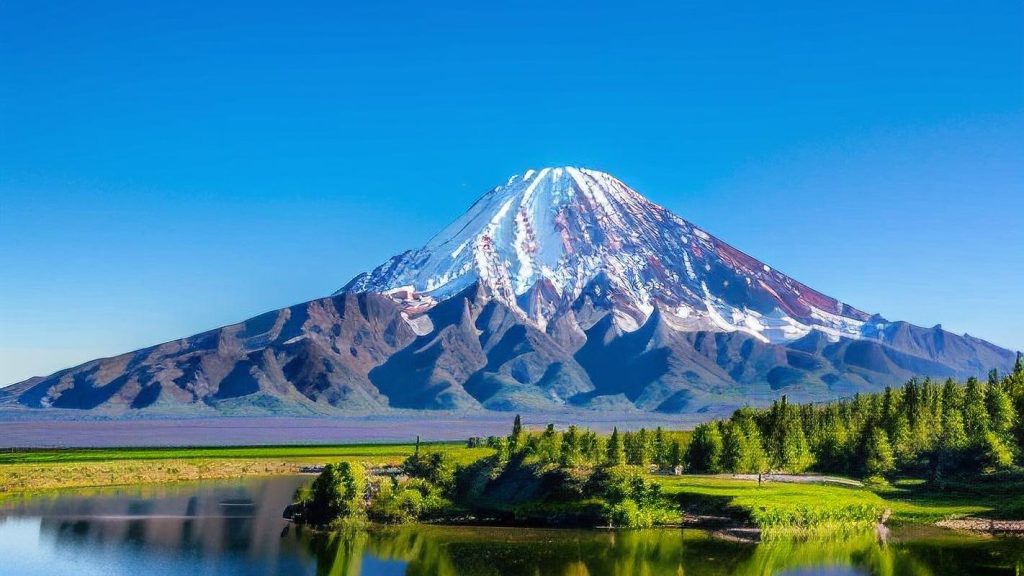
2. Overview of Travel Options from Tokyo to Mount Fuji
So, what are the best ways to get from Tokyo to Mount Fuji? If you’ve already started researching, you’ve probably come across a few options. From the speed and convenience of the Shinkansen to the relaxed pace of a bus ride, there are multiple ways to make the trip. Let’s take a closer look at each option, so you can choose the one that best fits your travel style.
2.1. Shinkansen + Fuji Excursion Trains
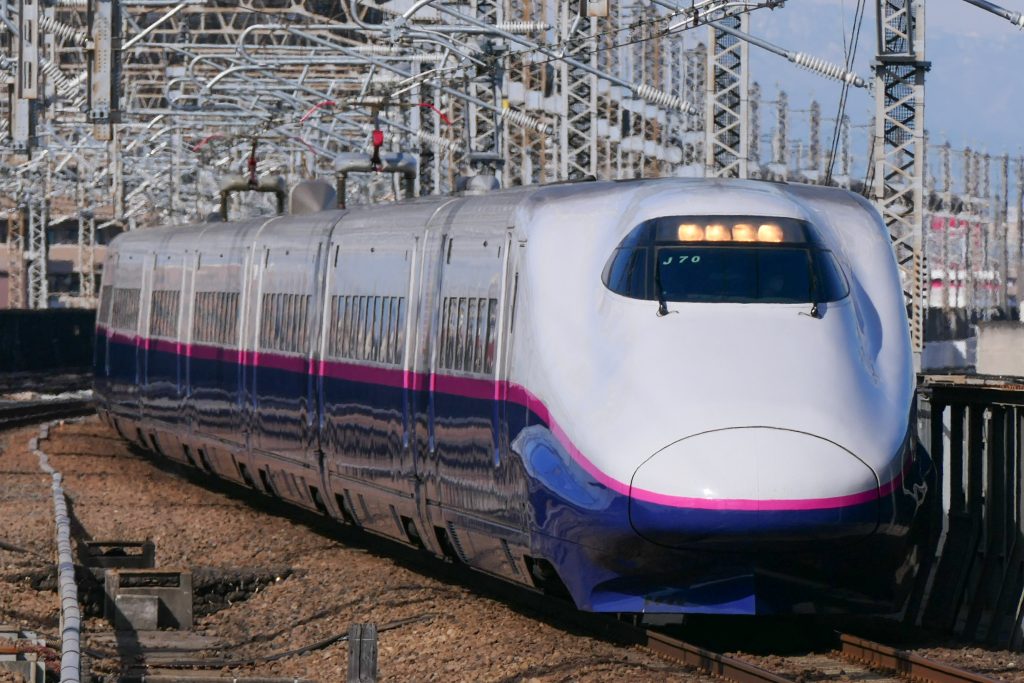
If you’re looking for a fast and comfortable way to get from Tokyo to Mount Fuji, the Shinkansen is your best bet. Taking the Shinkansen to Otsuki Station, followed by a transfer to the Fujikyu Railway, is one of the quickest and most convenient ways to get to the foot of the mountain. Here’s how it works:
- Step 1: Shinkansen to Otsuki Station
Start your journey by hopping on the JR Chuo Shinkansen from Tokyo Station or Shinjuku Station. The journey to Otsuki Station takes about 1 hour and 20 minutes, depending on which Shinkansen service you take. This is a fast and smooth ride, so you’ll be able to enjoy the view and relax while heading to your destination. - Step 2: Fujikyu Railway to Kawaguchiko or Fujisan Station
Once you arrive at Otsuki Station, transfer to the Fujikyu Railway, which runs along the base of Mount Fuji. From Otsuki, you can take the Fujikyu Railway to either Kawaguchiko Station or Fujisan Station. This part of the journey takes about 45 minutes. Kawaguchiko Station is one of the most popular access points to Mount Fuji and offers a range of transportation options to take you closer to the mountain. - Cost and Time
The total cost for this journey is about ¥2,000 to ¥3,000 (approximately $15–$25) for a one-way ticket, depending on your route and the type of Shinkansen ticket you purchase. The entire trip from Tokyo to Kawaguchiko Station will take approximately 2 hours and 30 minutes, making it a relatively quick and comfortable option for travelers. - Pros and Cons
The Shinkansen + Fujikyu Railway combination is a great option for those looking to minimize travel time while enjoying a high level of comfort. However, it does involve a transfer at Otsuki Station, which can be a bit inconvenient if you’re carrying heavy luggage or if you’re in a rush.
2.2. JR Chuo Line + Fujikyu Railway

For a more budget-friendly alternative, consider taking the JR Chuo Line from Tokyo to Otsuki Station, and then transferring to the Fujikyu Railway to reach Mount Fuji. While this option may take a bit longer than the Shinkansen route, it’s a great way to travel from Tokyo to Mount Fuji without breaking the bank.
- Step 1: JR Chuo Line to Otsuki Station
The JR Chuo Line is an affordable and efficient way to get from Tokyo to Otsuki. The journey takes about 1 hour and 40 minutes, and tickets cost approximately ¥1,500–¥2,000 (around $13–$18) one way. This is a local train service, so it will be slower than the Shinkansen but still comfortable. - Step 2: Fujikyu Railway to Kawaguchiko or Fujisan Station
After arriving at Otsuki Station, transfer to the Fujikyu Railway, just like in the previous option. From Otsuki Station, it will take about 45 minutes to reach Kawaguchiko Station or Fujisan Station. - Cost and Time
This option is slightly cheaper than the Shinkansen route, with the total cost from Tokyo to Kawaguchiko or Fujisan Station being around ¥2,000–¥3,000 ($20–$28) for a one-way ticket. The total travel time is about 2 hours and 30 minutes. - Pros and Cons
This is an affordable option for travelers on a budget, but the travel time is a bit longer than the Shinkansen, and the train can get crowded during peak hours.
2.3. Highway Buses from Shinjuku Station
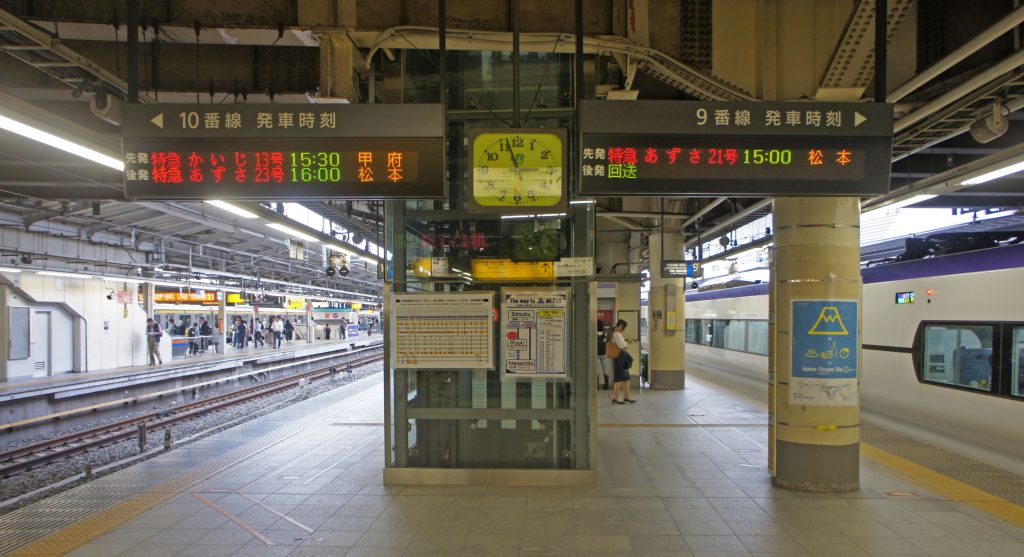
For those seeking a more direct and cost-effective way to get from Tokyo to Mount Fuji, highway buses are an excellent option. Several bus companies run direct services from Shinjuku Station to various destinations around Mount Fuji, including Kawaguchiko and the Fuji Five Lakes area.
- Bus Services
Buses leave from Shinjuku Station multiple times throughout the day. The journey usually takes around 2 hours and 30 minutes, depending on traffic, and costs about ¥2,000–¥2,500 ($15–$20) for a one-way ticket. - Convenience
One of the main advantages of taking the highway bus is that it’s a direct route, so you don’t have to worry about transfers. The buses are also quite comfortable, with ample legroom and air conditioning. This is a great option if you’re traveling with a lot of luggage or want to avoid transfers. - Pros and Cons
The bus is a great option for budget travelers and those who prefer a direct route. However, buses can be affected by traffic, so the journey may take longer than expected during peak seasons.
3. Traveling by Car: A Flexible Option for Tokyo to Mount Fuji
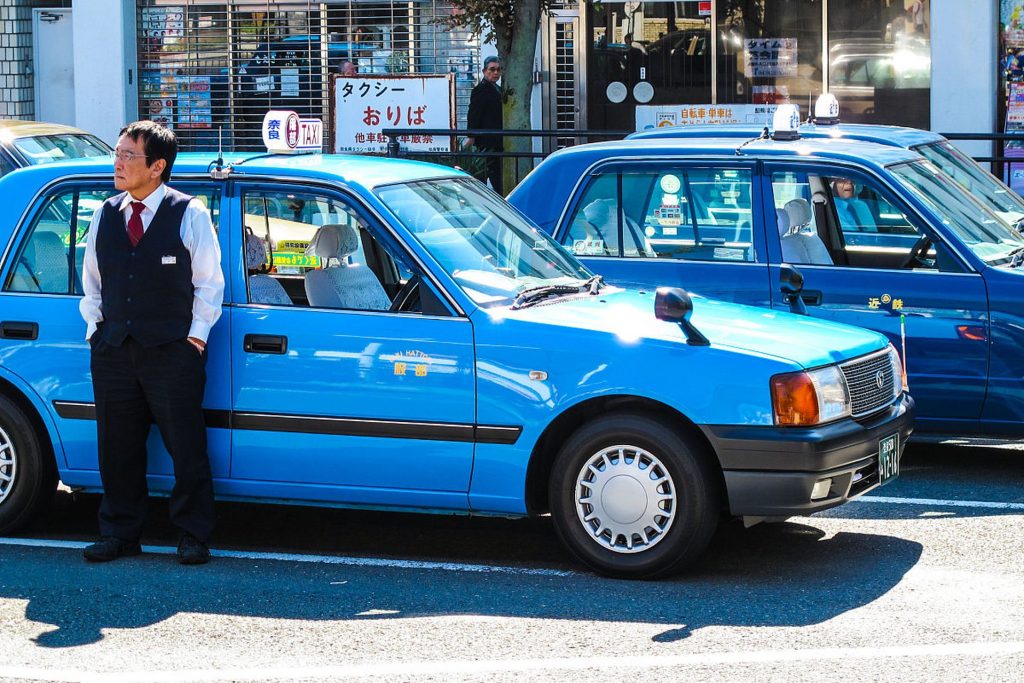
If you’re planning to explore Mount Fuji at your own pace, renting a car and driving from Tokyo to Mount Fuji could be the perfect choice for you. With the freedom to stop along the way and enjoy the views, a road trip to Mount Fuji can be a unique and rewarding experience.
3.1. Renting a Car in Tokyo
Renting a car in Tokyo is easy and straightforward. There are plenty of car rental agencies at Tokyo Station, Shinjuku Station, and throughout the city, offering a variety of vehicles to suit your needs. You can choose from compact cars, SUVs, and even luxury vehicles, depending on your preferences.
- Driving Directions from Tokyo to Mount Fuji
The drive from Tokyo to Mount Fuji takes about 2 hours, depending on traffic. The most common route is via the Chuo Expressway (中央自動車道), which takes you directly toward the Fuji Five Lakes area. You’ll pass by beautiful scenery, including the suburbs of Tokyo, small towns, and picturesque lakes around Mount Fuji. - Cost of Renting a Car
Car rentals in Tokyo typically start at around ¥6,000 ($50) per day for a compact car. Keep in mind that you’ll also need to pay toll fees, which can add up to about ¥1,500–¥2,000 ($12–$16) each way. - Parking at Mount Fuji
Once you reach Mount Fuji, there are several parking areas available, especially near the 5th Station, where visitors can enjoy a panoramic view of the mountain. However, during peak seasons, parking lots can fill up quickly, so it’s a good idea to arrive early. - Pros and Cons
Renting a car offers flexibility and convenience, allowing you to explore Mount Fuji at your own pace. However, driving in Japan can be challenging if you’re not familiar with the road signs or traffic rules, so it’s important to plan ahead.
Tokyo to Mount Fuji Trip Planning Guide: Perfect Time to Visit Mount Fuji
When should one visit Mount Fuji? Is there a season when visiting Tokyo to Mount Fuji would be most suited? Here are some crucial things to think about before organizing your vacation to one of Japan’s most famous sites.
Mount Fuji presents different sensations based on the season. The moment of your visit will directly affect the kind of trip you will experience. Let’s dissect the seasons from the gorgeous cherry blossoms in spring to the cool autumn air so you may decide when to plan your trip.
4.1. Spring: A Perfect Trip from Tokyo to Mount Fuji Photographically
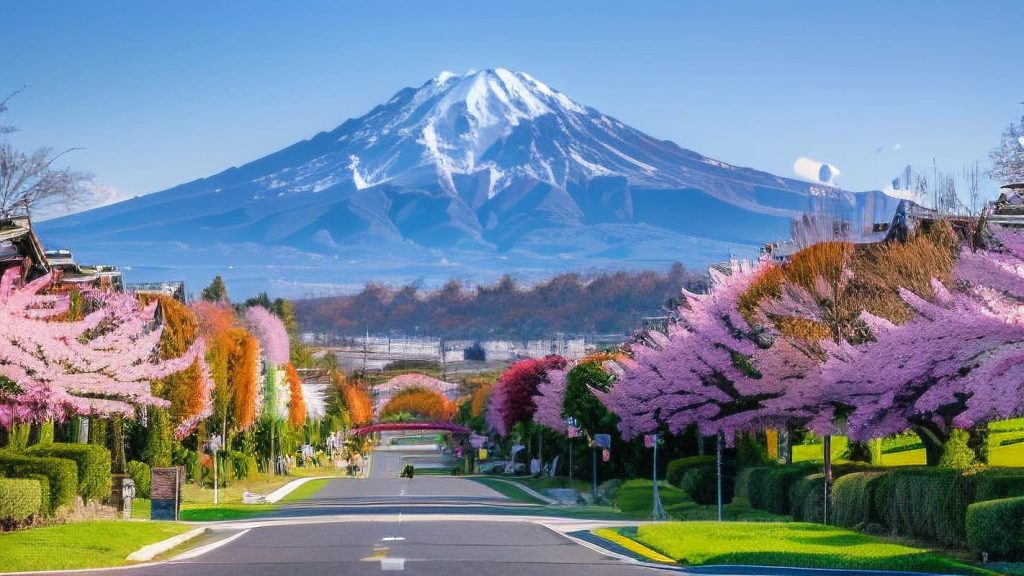
One of the better seasons to see Mount Fuji from Tokyo is spring. Cherry blossoms bloom from late March to early April, making Mount Fuji’s surrounds seem rather lovely. Perfect for outdoor activities, this season is best visited in the warm temperatures (between 10°C and 20°C or 50°F and 68°F).
Easter Festivities and Activities Springtime trips let you take part in local events such as cherry blossom gazing (hanami) all over the Fuji Five Lakes area. Savor classic Japanese cuisine with Sakura mochi and appreciate Mount Fuji’s striking contrast with pink blossoms.
Ideal for Trekking Spring makes hiking around Mount Fuji fun. Although the peak might still be snow-capped, hikers normally find lower walking paths like the Fuji Five Lakes approaches friendly.
4.2. Summer: Face the Season of Climbing Courageous
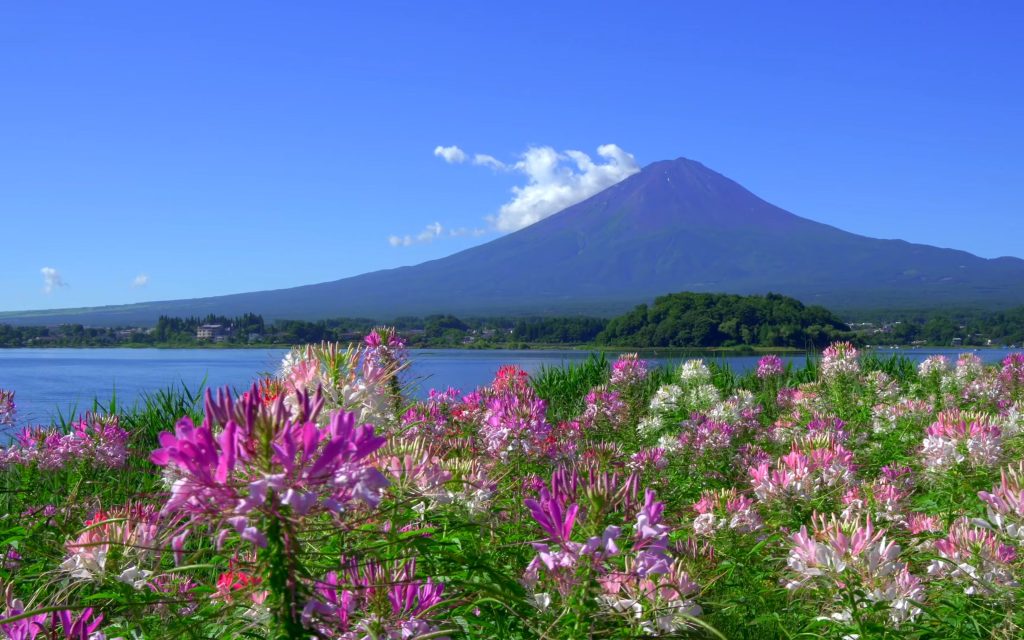
The formal climbing season for Mount Fuji is in July. Hundreds of global hikers try to summit the mountain and see the dawn from early July to early September. Summer is the ideal season for your vacation if you intend to climb to the top; nevertheless, be ready for crowds since this is the busiest season of the year.
Mount Fuji: Ascending Starting at the 5th Station on the Yoshida Trail, the most often used path for climbers, the season is underway. From Tokyo to the 5th Station, you can either drive or get a bus and start your trek. Though difficult, climbing the highest mountain in Japan will always be unforgettable.
Climate and Weather: Temperature Although summer temperatures at Mount Fuji’s base are comfortable, the peak can be frigid. Pack layers, robust hiking boots, and lots of water.
Reservations Policies and Groups Booking your lodging ahead of time is advised given the heavy summer visitor count, particularly if you intend to stay in nearby towns or mountain huts. Additionally, it is advised to secure bus tickets from Tokyo to Mount Fuji as they sell out fast.
4.3. Autumn: Ideal Time for Views of Sceneries

If you like to experience nice weather and amazing views free from crowds, autumn (October to November) is maybe the finest time to visit Mount Fuji. Mount Fuji is a photographer’s dream come true since the vivid autumn foliage offers an amazing background.
Perfect Hiking Conditions Hiking is ideal in the afternoon temperatures of 10°C to 15°C (50°F and 59°F). Less traffic on trails than in summer lets one enjoy a more serene experience.
Views of the Scene The brilliant autumn hues surrounding the Fuji Five Lakes area reflect in the lakes from the beautiful red and orange leaves. The neighboring locations provide amazing views of Mount Fuji framed by these lovely colors.
4.4. Winter: A Peaceful Journey from Tokyo to Mount Fuji

For those looking for a calm, serene vacation with snow-capped landscapes, winter—December to February—may be the ideal fit. The Fuji Five Lakes region and adjacent hot springs provide a leisurely winter vacation even if climbing is not possible in winter and temperatures can be bitterly cold.
Winter Sports If you adore snow, Mount Fuji in winter is quite breathtaking. Usually covered in snow, the silence of the top creates a serene environment. Following a day of sightseeing, unwind in one of the surrounding hot springs—like those in Hakone.
Warm but Understated Especially at higher altitudes, temperatures can be quite cold; so, make sure you take warm clothes. While snow might make access to some places difficult, the pure air presents breathtaking vistas of the mountain.
5. What Should You Bring for Your Tokyo to Mount Fuji Journey?
Knowing when to visit calls for you to think about what to pack. Bringing the appropriate gear will guarantee a comfortable and safe experience whether your trip is to the Fuji Five Lakes or to the top.
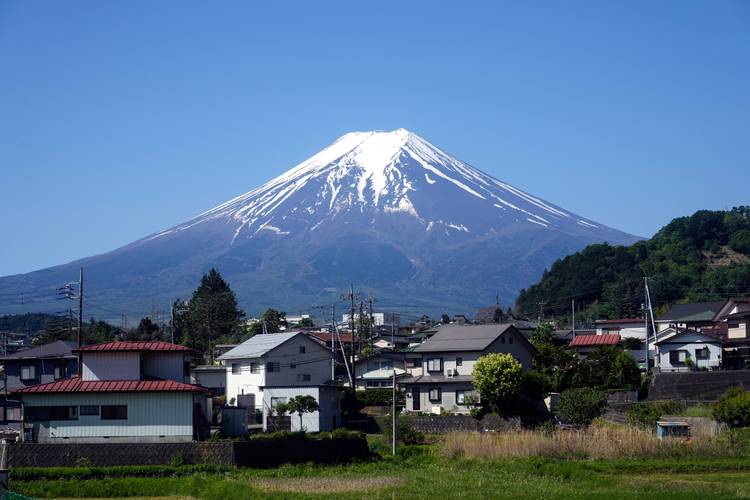
5.1. Mount Fuji Hiking: Essentials
Pack these essential tools for a safe and fun climb:
- Durable Walking Boots
Mount Fuji’s pathways up can be rugged and physically taxing. Essential are robust hiking boots with outstanding grip and ankle support. - Layered Attire
Your height will affect the temperature, hence layered clothing is really crucial. Start with moisture-wicking base layers; add insulating layers; and, at higher altitudes, pack a waterproof jacket to guard against wind or rain. - Headlamps or Flashlights
Many hikers start their ascent in the evening in order to reach the summit for dawn. If you intend to hike at night, you really need a headlamp or flashlight along with extra batteries. - Food and Drinking Water
Particularly on long hikes, staying hydrated is absolutely vital. Along with lots of water, pack high-energy treats like trail mix or energy bars.
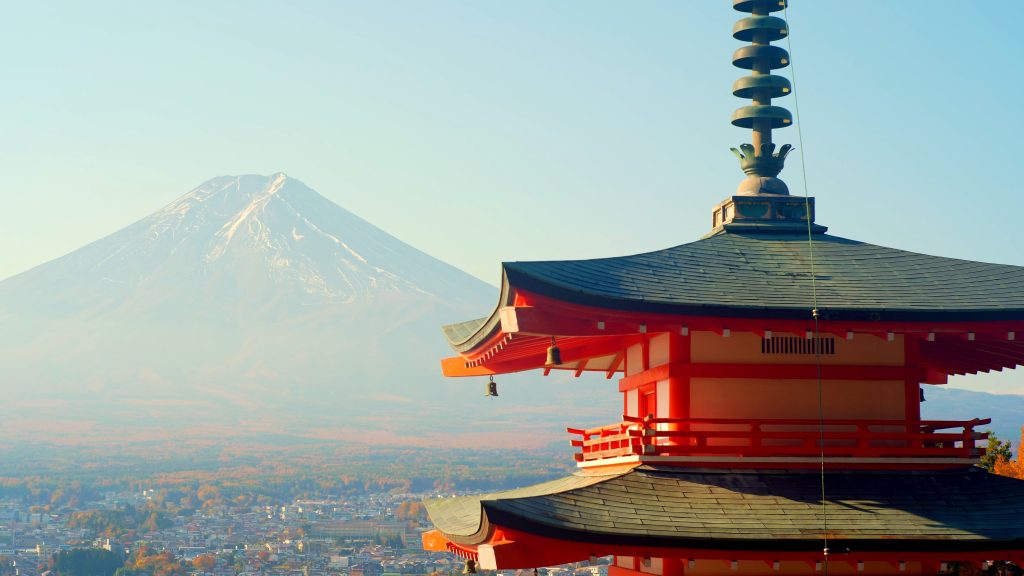
5.2. Traveling Mount Fuji: Essentials
Here’s what you should bring if you intend to see the nearby area but are not climbing Mount Fuji:
- Camera
Among the most amazing vistas available in Japan is seen on Mount Fuji. Remember your camera or smartphone to record those memories, particularly if you are traveling during the fall or cherry blossom seasons. - Comfortable Shoes
Pack comfortable shoes for sightseeing whether you’re strolling around the Fuji Five Lakes or visiting the surrounding towns. - Sunscreen and Sunglasses
At higher altitudes, even in colder months, the sun may be rather powerful. Stow sunglasses and sunscreen to guard against UV light. - Cash as well as Credit Cards
Although many locations take credit cards, it’s always a good idea to have some cash, especially in smaller towns or rural areas where card payments could not be accepted.
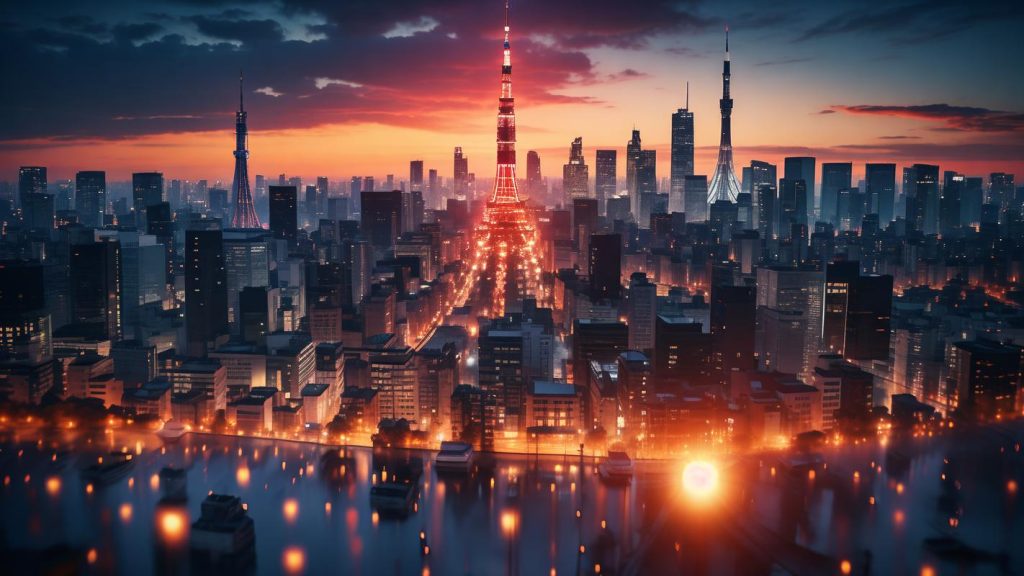
6. Tokyo for Trips and Tours to Mount Fuji Day
A day journey from Tokyo is one of the most often used approaches to see Mount Fuji. There are various quick day tours accessible that simplify your travel whether your time is limited or you would rather have a guided experience.
6.1. Mount Fuji Guided Tours
There are several day outings that will get you from Tokyo to Mount Fuji and back in one day, with transportation and a competent guide included. Usually featuring visits to important Mount Fuji sites, these trips include:
- Fuji Fifth Station Mounting
Many trips stop at the 5th Station to provide expansive views of the mountain and its surrounds. If you are not intending to climb, this is a fantastic spot to unwind and take in the surroundings. - Fuji’s Five Lakes
Another well-liked spot is the Fuji Five Lakes area. Apart from breathtaking views of Mount Fuji, several trips provide boat rides or visits to hot springs. - Shrines and Shinto Temples
Some trips let you visit Shinto shrines close to Mount Fuji so you could discover the local history and culture.
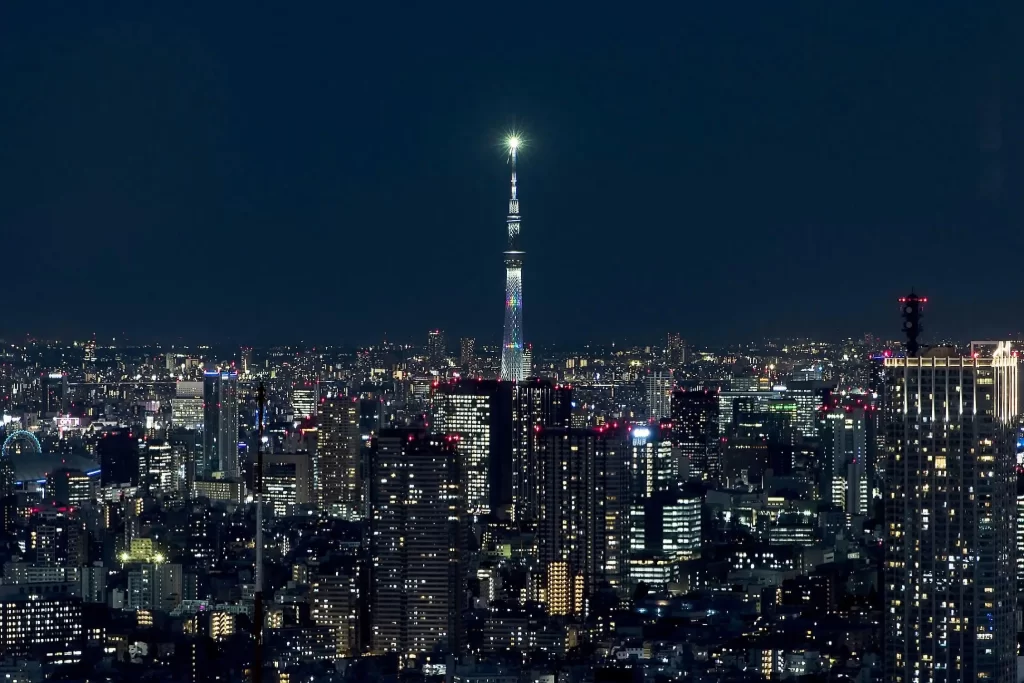
6.2. Day Trip from Tokyo to Mount Fuji Made at-Home
A DIY day trip from Tokyo to Mount Fuji is quick and reasonably priced if you would want to travel alone. Using public transit, you might spend the day visiting the Fuji Five Lakes, climbing the paths surrounding the mountain base, or touring local towns.
Public Vehicles
For getting from Tokyo to Mount Fuji, buses and trains offer reasonably priced and practical choices.
7. Activities Near Mount Fuji: Beyond the Peak
Apart from climbing Mount Fuji, what else can one do around there? Actually, there is plenty! Mount Fuji is more than just a mountain; it’s a cultural and natural treasure trove bursting with events and experiences for every kind of visitor. The area around Mount Fuji has something for everyone—whether you’re seeking adventure, rest, or cultural enrichment. Let’s explore what more you could do on your journey from Tokyo to Mount Fuji!
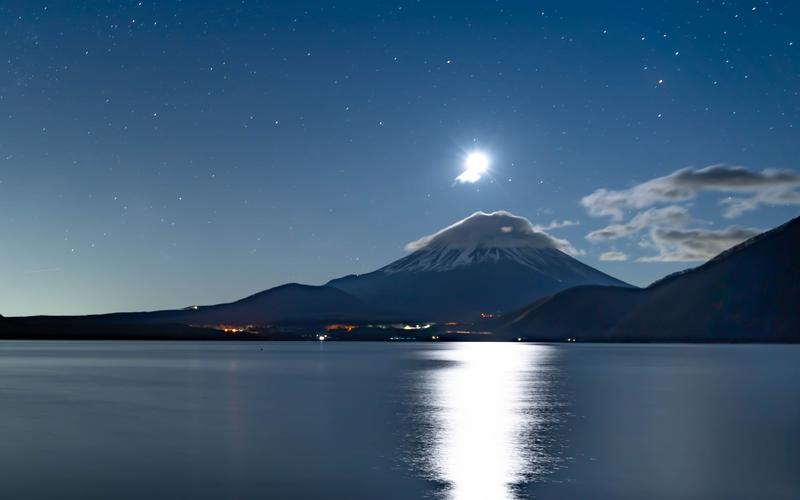
7.1. Tour the Fuji Five Lakes
At the northern base of Mount Fuji, the Fuji Five Lakes (Fujigoko) are among the most visited and breathtaking locations close by. Along with a variety of outdoor activities, these five lovely lakes—Kawaguchi, Yamanaka, Sai, Shoji, and Motosu—offer breathtaking vistas of Mount Fuji.
Boat Adventures
Clear days make the lakes mirror the grandeur of Mount Fuji, which makes this place perfect for photographers. Both Lake Kawaguchi and Lake Motosu offer the most famous views of the mountain, and you can enjoy a boat trip on either. For those seeking a more laid-back experience, these calm boat trips allow you to see the beauty of the area from another angle.
Hiking and Nature Walks
There are also fantastic hiking paths in the Fuji Five Lakes region for different levels of exercise. Around Lake Kawaguchi, one of the most often used paths lets you stroll across gardens and forests while enjoying breathtaking views of Mount Fuji. The Fujiyoshida Trail presents a demanding but rewarding path with amazing views along the way for more experienced hikers.
Onsen, or Hot Springs
The Fuji Five Lakes area boasts various hot spring resorts (onsen), providing the ideal place to relax after a day of touring. Nothing quite like lounging in a hot spring and savoring the backdrop vista of Mount Fuji.
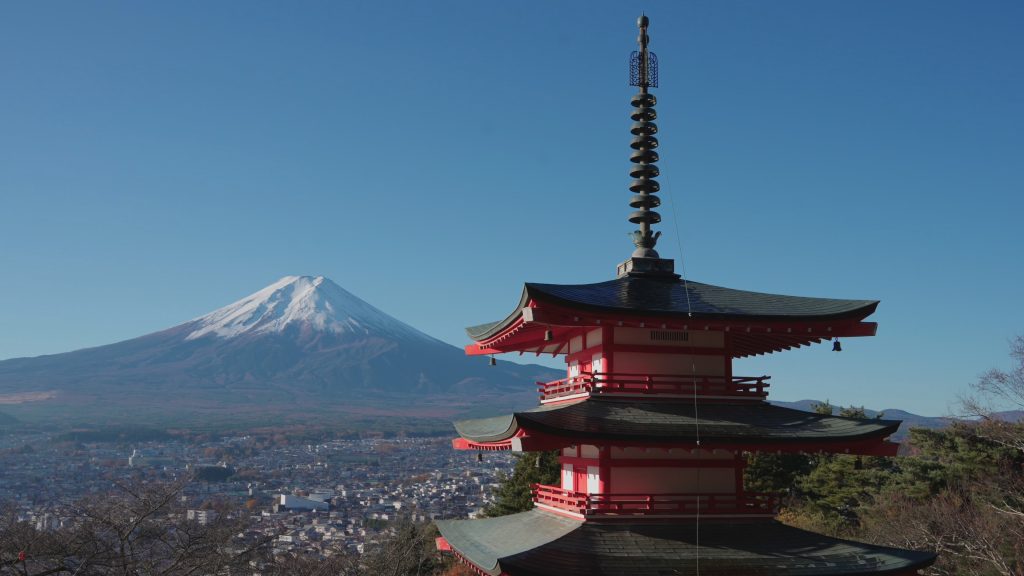
7.2. View the Chureito Pagoda
Seeking a legendary and spiritual perspective on Mount Fuji? One of the best places in Fujiyoshida City to acquire a picture of Mount Fuji framed by a classic Japanese pagoda is the Chureito Pagoda. Part of the Arakura Sengen Shrine, this pagoda provides amazing views of the mountain, especially in spring when the cherry blossoms bloom, offering the ideal contrast.
Ascending the Stairs
Perched on a hill, the Chureito Pagoda requires climbing a high staircase with over 400 steps. Still, the effort is more than justified. At the peak, you’ll be greeted with a panoramic view of Mount Fuji, particularly breathtaking around sunrise or sunset. For its historical and cultural value, the pagoda itself is also a lovely destination.
Advice on Photographs
Photographers will find Chureito Pagoda absolutely essential. For good reason, this is among the most photographed locations in Japan. The pagoda, Mount Fuji, and cherry blossoms (seasonal) together provide an amazing view. Remember to pack your camera or smartphone.
7.3. Discover the Neighborhood Cities and Culture
Nestled around Mount Fuji, various little villages provide a window into traditional Japanese life, complete with local businesses, ryokan (Japanese inns), and food unique to the area.
Fujiyoshida
This town, known for its proximity to Mount Fuji, is a fantastic place to see local attractions such as the Fujisan World Heritage Center, where you can learn about the history and importance of Mount Fuji. Sengen Shrine, a revered place for Mount Fuji devotees, also resides near Fujiyoshida.
Township of Kawaguchiko
Kawaguchiko, located next to Lake Kawaguchi, is another well-known spot with a rich historical and cultural setting. To sample the art and culture of the area, visit the Fujiyama Museum or the Kawaguchiko Music Forest Museum. Kawaguchiko also boasts various charming eateries and cafes where you can enjoy dinner surrounded by views of Mount Fuji.
Mount Fuji and the Surroundings: Environmentally Friendly Travel
Remember the importance of sustainable travel as you visit such a famous natural beauty. Respecting the surroundings and adopting ethical practices will allow Mount Fuji to remain beautiful for future generations. When heading from Tokyo to Mount Fuji, be sure to follow approved paths, refrain from littering, and consider environmentally responsible transportation choices.
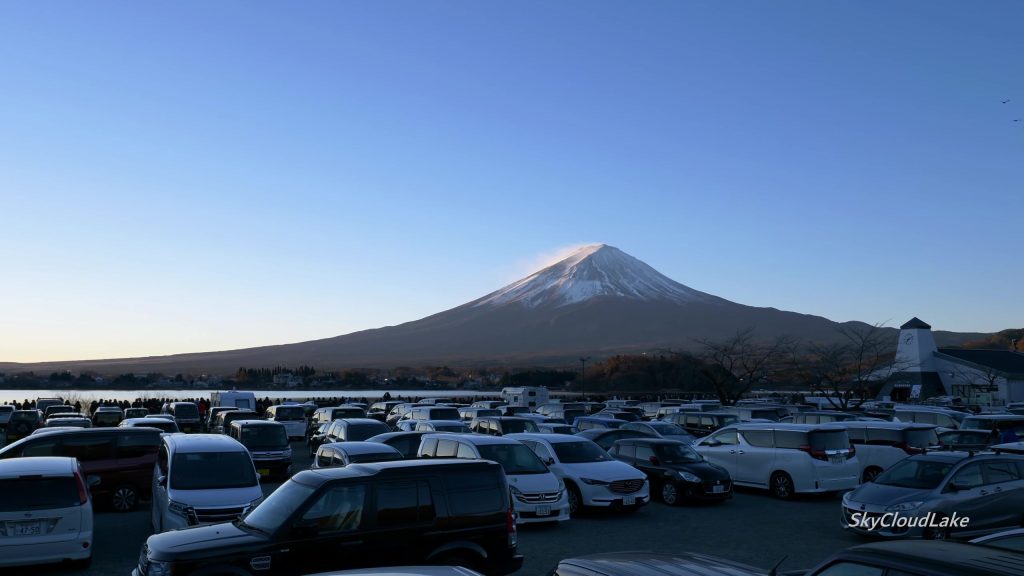
8. Keeping Safe During Tokyo to Mount Fuji Traveling
Is visiting Mount Fuji safe? Safety should always be the first concern, as with any outdoor experience. Whether your trip from Tokyo to Mount Fuji is for trekking or simply appreciating the breathtaking views, there are some crucial safety tips.
8.1. Mount Fuji Safety Advice
Should you intend to climb Mount Fuji to reach its top, the ascent can be taxing, and your body may suffer from the altitude. To guarantee a safe and enjoyable experience, you must be ready for the conditions and aware of the environment.
Aware of Altitude Sickness
At 3,776 meters (12,389 feet), Mount Fuji’s peak is often visited by hikers who experience altitude sickness, including headaches, dizziness, and shortness of breath. To prevent altitude sickness, take it easy, drink plenty of water, and rest often. If you start feeling unwell, you should turn back and descend.
Get Ready for the Seasons
Particularly at higher altitudes, fast changes in weather can be expected. At the top, temperatures, even in summer, can drop below freezing. To guarantee you’re prepared for any change in the temperature, pack suitable gear, including warm clothes, gloves, a hat, and a rain jacket. Always review the weather report before starting your trip.
Know Your Limits
Knowing your own level of fitness is crucial, as climbing Mount Fuji requires physical preparation. If you’re not comfortable with long walks or high-altitude climbing, consider exploring the lower trails or the Fuji Five Lakes area.
8.2. Traveling with Children or Seniors
If you’re heading from Tokyo to Mount Fuji with young children or elderly people, the area has plenty of family-friendly activities that don’t require climbing. For instance, the Fuji Five Lakes region offers various easily accessible walking paths and sightseeing opportunities that aren’t physically strenuous.
Consider the Temperature
Make sure everyone is dressed appropriately for the temperature. Mount Fuji can be chilly during the colder months, so pack extra clothing for seniors and children, especially if you plan to spend time outdoors.
Rest and Drink Water
Whether you’re touring or hiking, be sure to stop often, drink plenty of water, and keep fueled with snacks. Keep children occupied on longer trips with small games or breaks if you’re traveling with them.
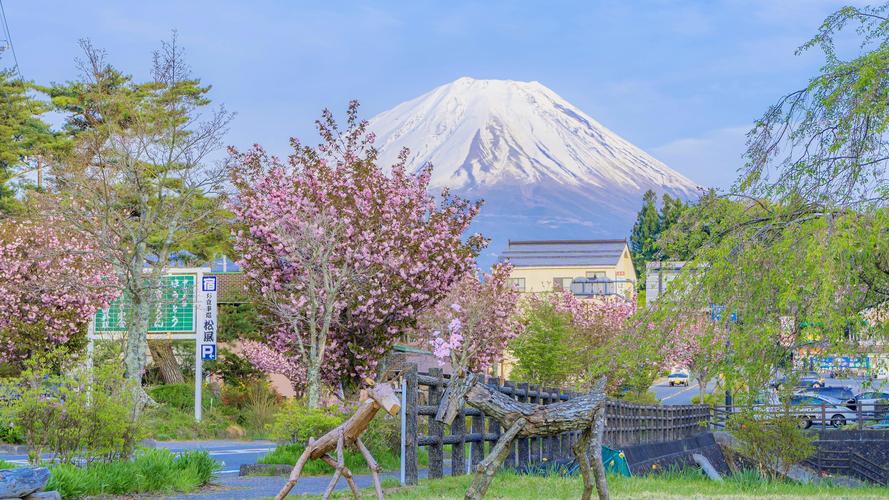
Maximizing Your Travel from Tokyo to Mount Fuji
Now that you have all the important information, you’ll be well-prepared to organize your trip from Tokyo to Mount Fuji. Whether you’re heading to the top, exploring the Fuji Five Lakes, or simply enjoying the views of Japan’s most famous peak, your journey will surely be unforgettable. Here are some key takeaways:
Choose Your Method of Travel
There are plenty of options for you, depending on whether you’d prefer to drive yourself, take a bus, or ride a train. Select the method that suits your comfort level, time availability, and budget.
Plan Your Timing
Timing your trip from Tokyo to Mount Fuji will greatly impact your experience. For fewer crowds and breathtaking natural beauty, consider visiting during the off-peak months.
Pack for Adventure
Make sure you pack for the activities and temperatures you’ll encounter. Heading to the top? Don’t forget your layers and sturdy boots. Just sightseeing? A camera and comfortable shoes are all you need.
Embrace the Local Culture
Take some time to really immerse yourself in the Mount Fuji region’s native way of life. Visit temples, savor the local cuisine, and use your camera to capture the essence of this beautiful area.
In the end, your trip from Tokyo to Mount Fuji promises to be a rewarding experience, offering not only stunning scenery but also a deeper understanding of Japan’s history, culture, and environment. Savor every moment and remember to treat the surroundings with respect. Your adventure in Mount Fuji’s shadow is waiting!
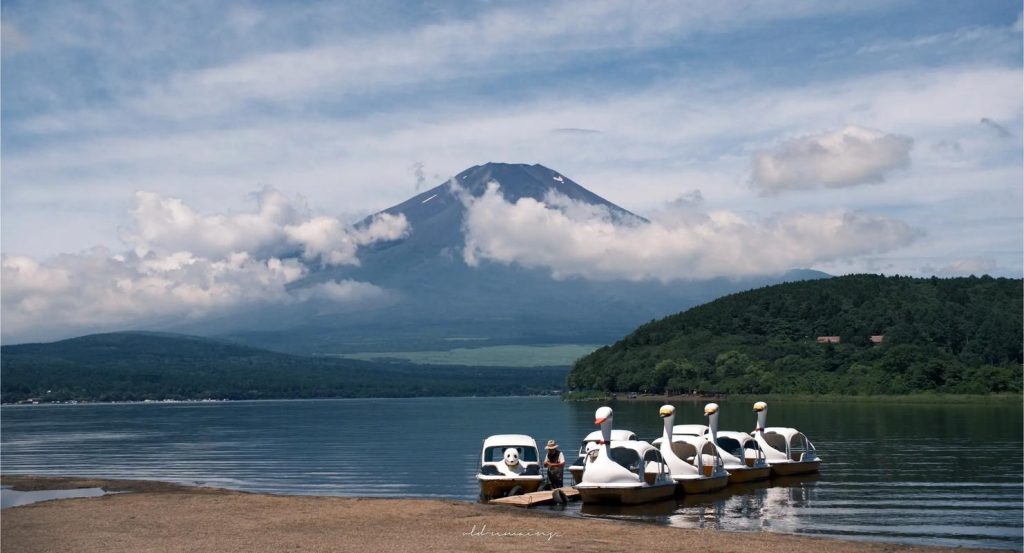
(more information: click here)
